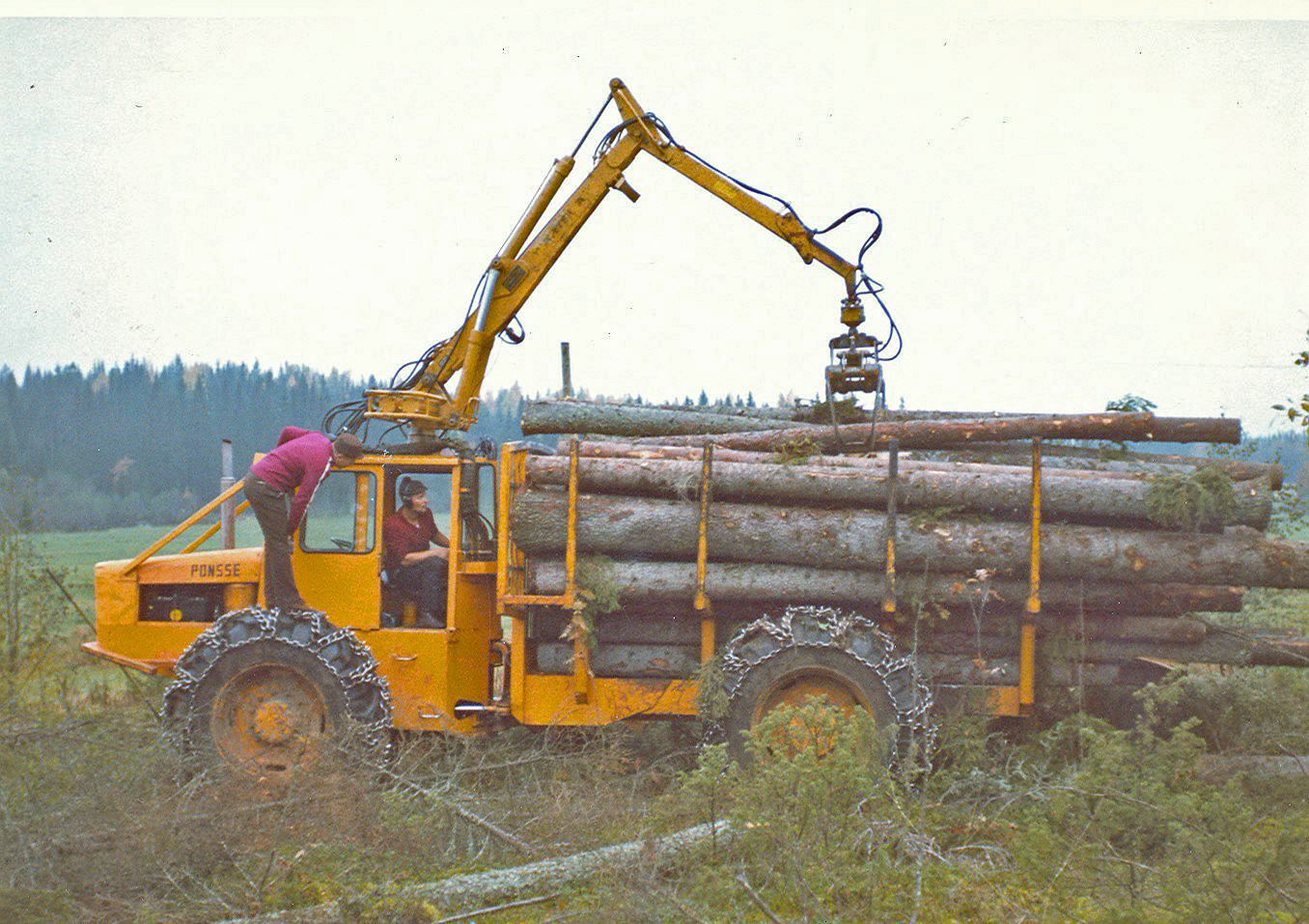
The Ponsse Story: Where did it all begin?
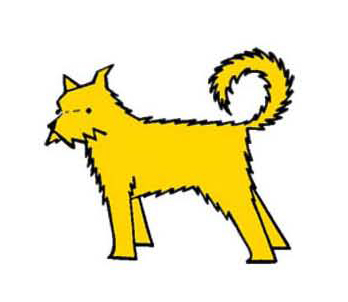
The mixed breed dog running around the Vieremä village would not have guessed that its name would be remembered for decades. The first forwarder developed by forest machine entrepreneur Einari Vidgrén was named Ponsse after that dog.
There was a stray mixed breed dog in the village at that time. It had a long body and it was grey and quite ugly. It was called Ponsse. But it was a good harrier and never gave up when hunting. No matter the weather, no matter the place – heaths, swamps, clumps of spruce or thick coppices – it would hunt. When hunters went out with Ponsse, they never came back empty-handed.
Kauko Väisänen, the husband of Einari’s sister, and a skilled local blacksmith, lent his forge. It was there, in the ordinary village forge, that the first “forest machine factory” was established.
The sounds of banging and clanging iron and welding noises could be heard from morning to night from the village forge. Absolute expertise in welding was represented by Lauri Uuksunen. The days were filled with planning and building different alternatives. The axles were taken from an old wheel loader. A powerful engine was attached to the frame. A Wärtsilä loader was installed on top.
The villagers were eager to see how the work was going, and when seeing the machine they wondered, “What kind of a ‘Ponsse’ is that going to be?” “Now it even has a name. It’s going to be a Ponsse”, laughed Einari.
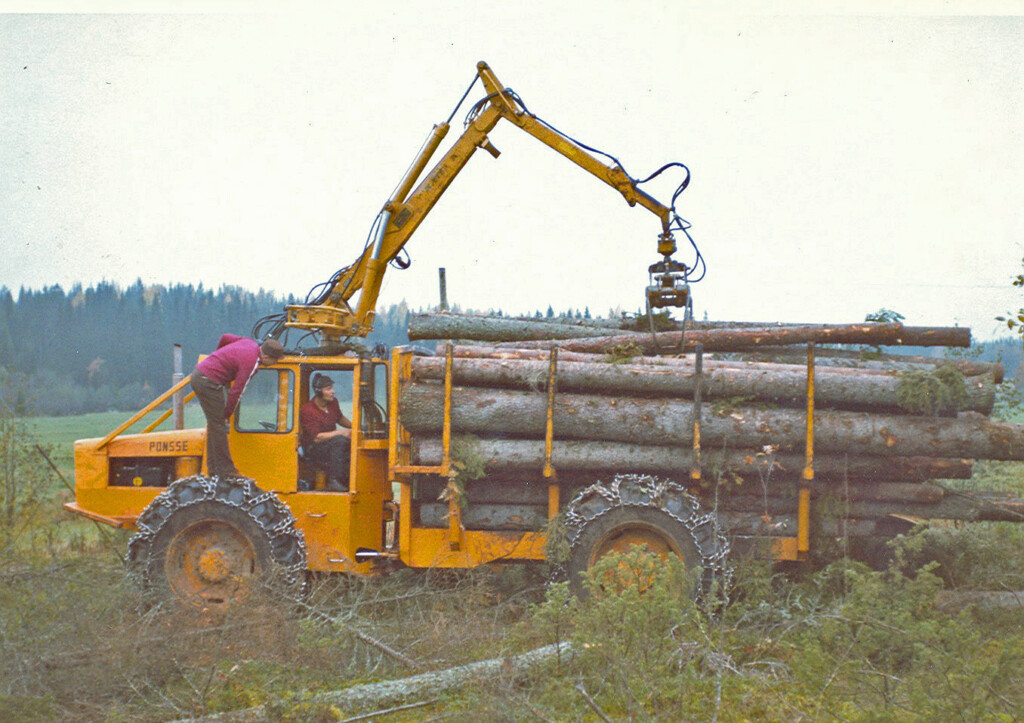
After months of hard work, in the late winter of 1969, a grey – and many thought ugly – load-bearing forest tractor was driven out of the village forge. It was the first Ponsse. It was put into use at Tehdaspuu’s logging site. After a year of operation, the people from Tehdaspuu called and said: “Why don’t you make more of these forest tractors? It has hauled twenty-five thousand five hundred cubic meters of piled wood, and it has needed the least servicing.” Hearing that request, Einari jumped up and said to his wife, “I’m going to start a factory!” “A factory!” said his wife surprised. “That’s right, a factory,” said Einari and left. He set off in his car towards the village.
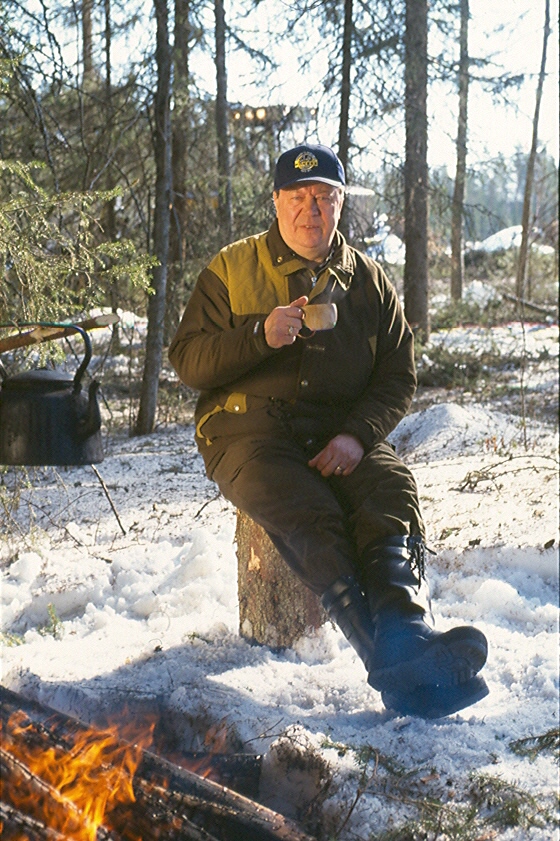
“This is a Ponsse that will get logs from the bogs and deep snow. Just like its namesake catches hares in the same places.”
- Einari Vidgrén (1943–2010), Founder of Ponsse
Test driving in Nissilä
Newspaper article, 1970 / Iisalmen Sanomat
GOOD EXPERIENCE GAINED FROM THE FOREST TRACTOR PROTOTYPE FROM VIEREMÄ
The manufacturing of forest tractors has kicked off in Vieremä. The first Ponsse forest tractor that Einari Vidgrén has had built has been tested for some time already at a Metsäliitto site in the forest of Viljo and Martti Sahlström forest in Nissilä. The test drives in difficult terrain have been successful, even beyond expectations.
”We will start building two similar machines immediately, and a larger production series will be started when the industrial building of the town is completed,” says forest machine entrepreneur Einari Vidgrén.
“Through the years, I have come to the conclusion that forest tractors built using farm factor parts and models are not durable enough for difficult conditions. This is a natural fact, because the parts used in farm tractors are not designed to withstand driving in the forest. Therefore, we have designed a machine which is so robust that it can be used in the forest without any worries. A forest tractor really has to be a forest tractor,” Vidgrén says.
In district foreman Sauli Piispanen’s opinion, the test drive was a success. In difficult marshy terrain, 50 stacked cubic metres of wood per hour has been moved from 0 to 200 metres, which is an impressive amount. There have been no days off, the machine has endured well.
Farmer Viljo Sahlström told us how surprised he had been to see how cleanly the forest tractor can move in the forest.
“This test has been done in a stand marked for cutting, and when the felling is organised well and suitable trails of around three metres wide and 40 to 50 metres apart are opened up for the machine in the forest, it won’t trample
the forest floor much. Forest owners still have inaccurate presumptions against this.”
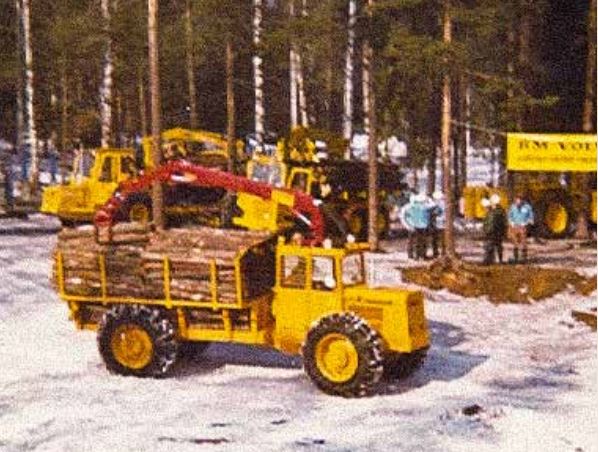
- - The Ponsse’s engine is a six-cylinder Perkins producing 130 hp.
- - The transmission is a hydraulic ZF transmission.
- - The machine has a transmission and torque converter.
- - The axles are also the same ZF products from Germany, and their carrying capacity is 20 tons.
- - The total length of the forest tractor is 7.20 m, of which the load space is 4 m.
- - The width is 2.5 m and ground clearance is 60 cm.
- - The tyres are four 18.4 x 34 14-ply steel belted tyres made by Nokia.
- - The machine has four gears forward and four backward.
- - There is no clutch, the machine moves according to the throttle. Total weight is 9,000 kg.
- - The load space can accommodate 14 stacked cubic metres of wood, and the balance point is
low even though the machine has a generous ground clearance. - - The operator’s seat can be turned around, so it’s possible to handle both the driving and crane control from the same position.
- - The crane is a 4‑ton Wärtsilä loader.